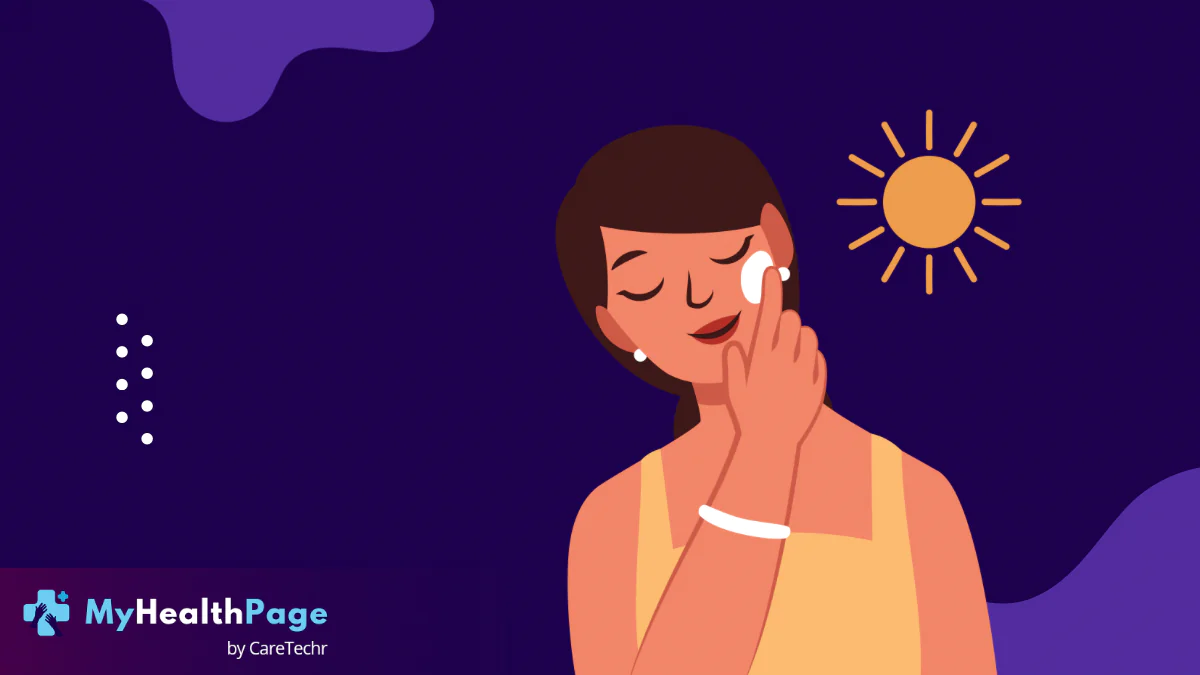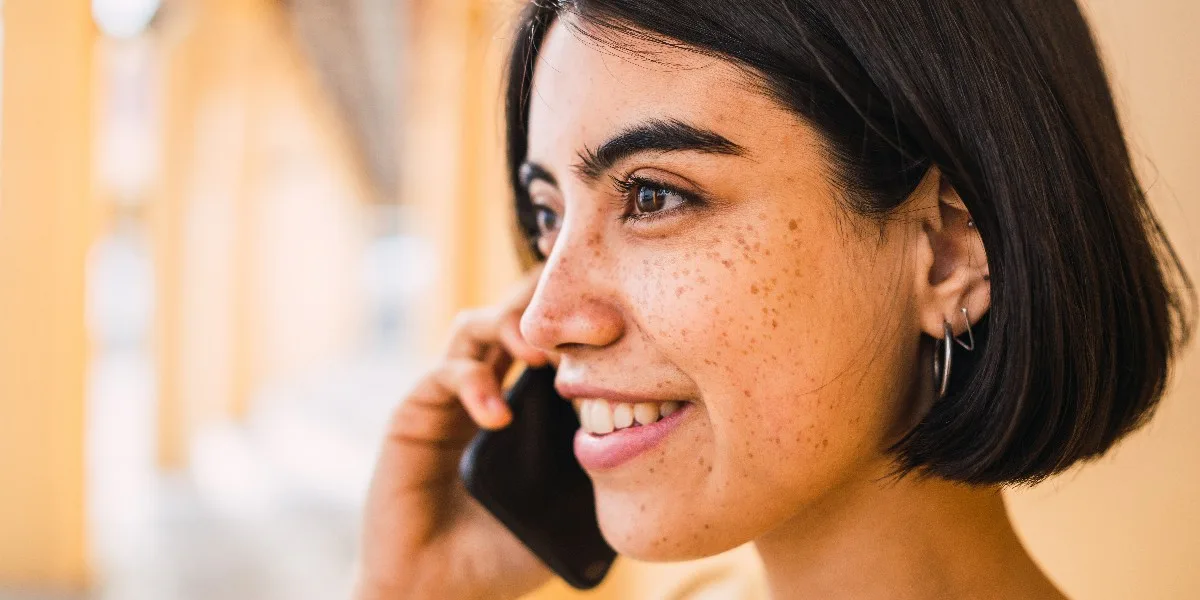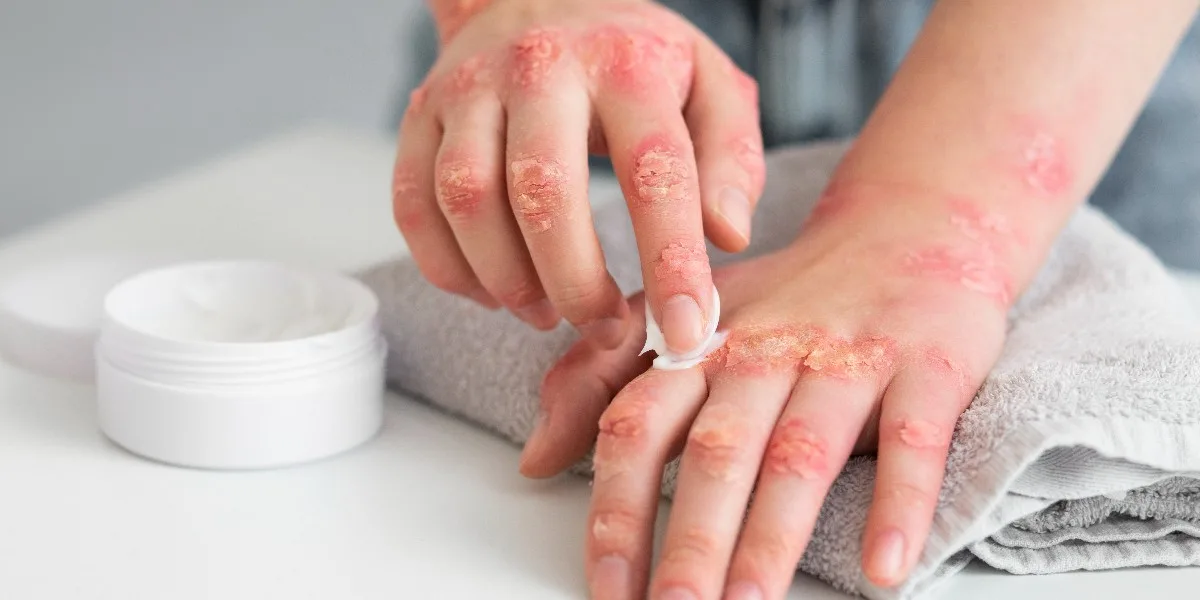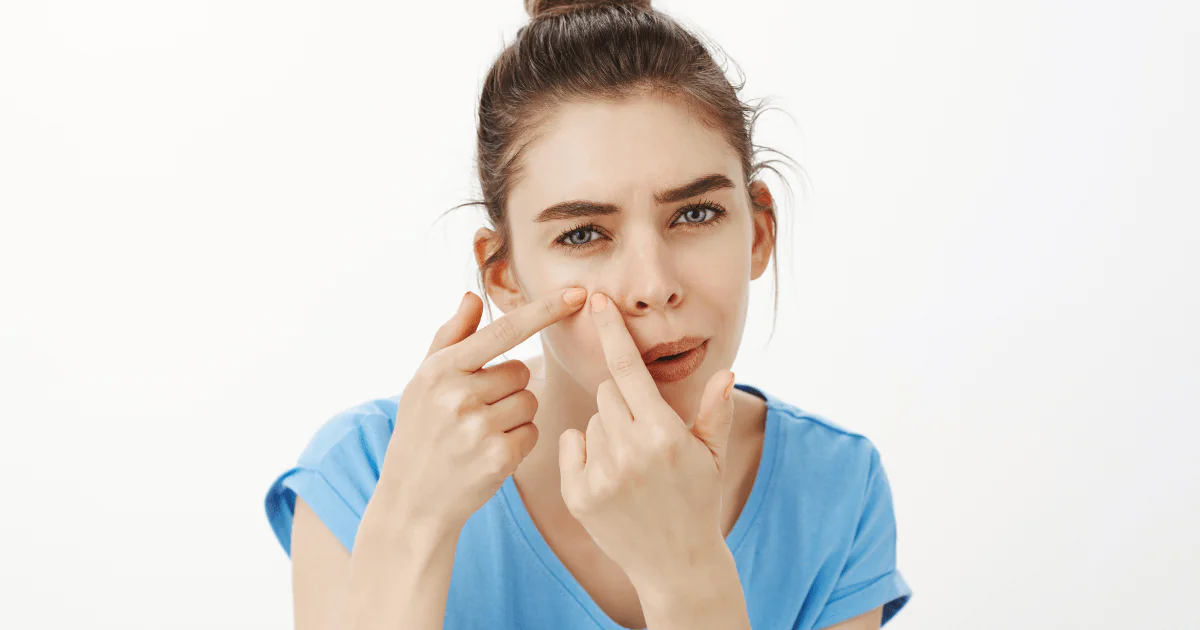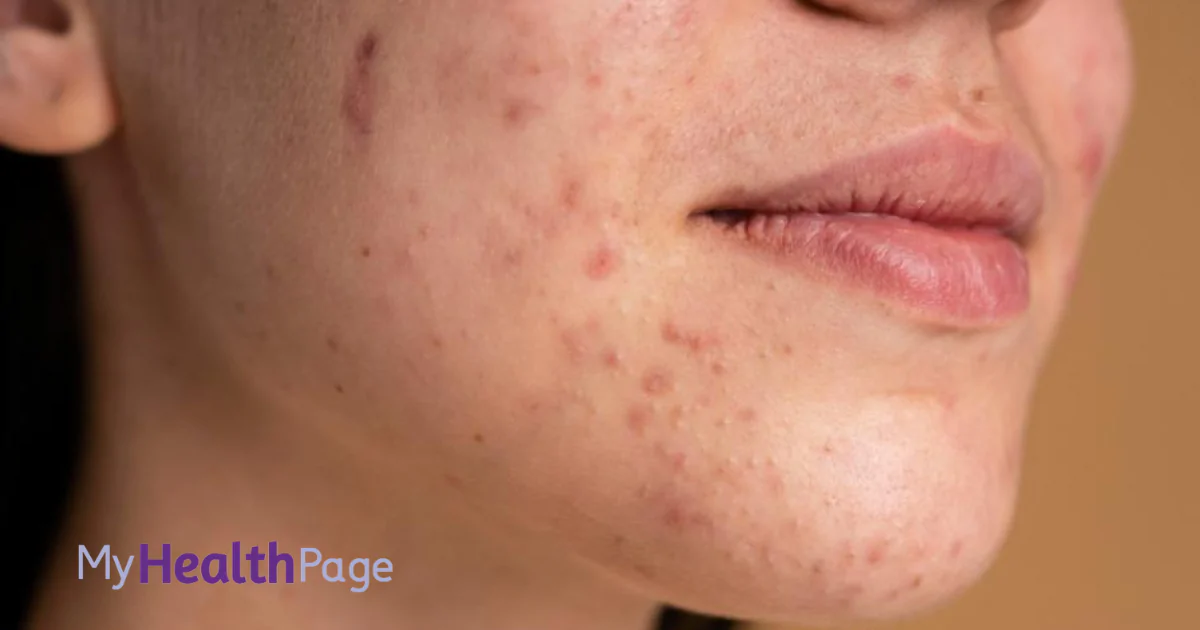The sun is essential for life, providing warmth and helping the body produce vitamin D, which is critical for bone health and overall well-being. However, prolonged sun exposure without proper protection, such as sunscreen, can significantly accelerate skin aging. Known as photoaging, this process results in wrinkles, fine lines, pigmentation, and even more severe skin damage.
In this article, we will delve into how unprotected sun exposure impacts the skin, the science behind photoaging, and the best strategies to maintain youthful, healthy skin.
How the Sun Affects the Skin
Sunlight contains ultraviolet (UV) radiation, which is the primary culprit behind skin damage. UV rays are classified into two main types:
- UVA Rays: Penetrate deep into the skin and are responsible for long-term damage, including wrinkles and sagging.
- UVB Rays: Primarily affect the outer layer of the skin, causing sunburn and contributing to skin cancer.
While short-term exposure can result in sunburn, long-term unprotected exposure accelerates the natural aging process and increases the risk of skin-related issues.
What Is Photoaging?
Photoaging refers to premature aging of the skin caused by repeated exposure to UV radiation. Unlike intrinsic aging, which occurs naturally with time and is influenced by genetics, photoaging is preventable.
Signs of Photoaging
- Fine Lines and Wrinkles: Sun damage breaks down collagen and elastin, leading to the loss of skin elasticity.
- Pigmentation Issues: UV rays stimulate melanin production, causing sunspots, freckles, and uneven skin tone.
- Dryness and Rough Texture: Repeated sun exposure strips the skin of its natural moisture.
- Broken Blood Vessels: Sun damage can weaken blood vessels, resulting in redness and visible veins.
The Science Behind Skin Aging from Sun Exposure
1. Breakdown of Collagen and Elastin
Collagen and elastin are proteins that provide structure and elasticity to the skin. UV radiation generates free radicals that degrade these proteins, resulting in sagging, wrinkles, and loss of firmness.
2. Oxidative Stress
Free radicals, unstable molecules produced by UV exposure, damage skin cells and accelerate aging. This oxidative stress also contributes to DNA damage, increasing the risk of skin cancer.
3. Inflammation and Immune Suppression
Chronic sun exposure triggers inflammation, impairing the skin’s ability to repair itself. UV radiation can also suppress the immune system, making the skin more vulnerable to infections and diseases.
The Dangers of Tanning Without Sunscreen
Many people associate a tan with a healthy glow, but tanning without sunscreen can have serious consequences:
- DNA Damage: UV rays directly damage the DNA in skin cells, leading to mutations and increasing the risk of skin cancer.
- Loss of Skin Resilience: Over time, repeated tanning reduces the skin’s ability to bounce back, making it appear dull and lifeless.
- Hyperpigmentation: Tanning stimulates melanin overproduction, leading to persistent dark spots.
How to Protect Your Skin from Sun-Induced Aging
Preventing photoaging starts with proper sun protection. Here are key strategies to safeguard your skin:
1. Use Broad-Spectrum Sunscreen
A broad-spectrum sunscreen protects against both UVA and UVB rays. Choose one with an SPF of at least 30 and apply it generously 15–30 minutes before going outside.
2. Reapply Sunscreen Regularly
Reapply sunscreen every two hours, especially after swimming or sweating. This ensures continuous protection throughout the day.
3. Wear Protective Clothing
Long-sleeved shirts, wide-brimmed hats, and UV-blocking sunglasses can provide an extra layer of protection.
4. Seek Shade
Avoid direct sun exposure between 10 a.m. and 4 p.m., when UV rays are strongest.
5. Use Antioxidant-Rich Skincare
Products containing antioxidants like vitamin C and E can neutralize free radicals, reducing oxidative stress and minimizing damage.
Common Myths About Sunscreen and Sun Exposure
Myth 1: Sunscreen Is Only Necessary on Sunny Days
Fact: UV rays can penetrate clouds, so sunscreen is essential even on overcast days.
Myth 2: Darker Skin Doesn’t Need Sunscreen
Fact: While darker skin has more melanin and some natural UV protection, it is still vulnerable to sun damage and photoaging.
Myth 3: A Base Tan Protects Against Sunburn
Fact: A tan offers minimal protection, equivalent to an SPF of 2–4, and does not prevent deeper skin damage.
The Role of Diet in Protecting Skin from Sun Damage
What you eat can influence your skin’s ability to resist UV damage. Incorporating certain nutrients into your diet can help enhance skin health:
- Antioxidants: Found in berries, green tea, and dark chocolate, antioxidants fight free radicals.
- Omega-3 Fatty Acids: Found in salmon, walnuts, and flaxseeds, omega-3s reduce inflammation and support skin repair.
- Vitamin C: Found in citrus fruits and bell peppers, vitamin C aids in collagen production and protects against oxidative stress.
- Vitamin E: Found in nuts, seeds, and spinach, vitamin E supports skin cell repair.
What to Do If You’ve Had Excessive Sun Exposure
If you’ve already experienced prolonged sun exposure without sunscreen, taking immediate steps can help mitigate damage:
1. Soothe Sunburned Skin
Apply aloe vera gel or a cold compress to reduce redness and inflammation.
2. Stay Hydrated
Drink plenty of water to replenish lost fluids and prevent skin dehydration.
3. Use Repairing Skincare
Incorporate products with hyaluronic acid, peptides, and antioxidants to support skin repair and hydration.
4. See a Dermatologist
For persistent sun damage, consult a dermatologist for treatments such as chemical peels, laser therapy, or retinoids to rejuvenate the skin.
FAQs About Sun Exposure and Skin Aging
1. How soon can sun exposure start to age the skin?
Even brief unprotected exposure can begin to damage skin cells. The cumulative effect becomes visible over time, often appearing as early as your 20s or 30s.
2. Does sunscreen completely prevent skin aging?
While sunscreen significantly reduces the risk of photoaging, no product can offer 100% protection. Combining sunscreen with other protective measures is essential.
3. Can sun-damaged skin be reversed?
While some damage can be improved with skincare and professional treatments, prevention is more effective than reversal.
4. Are natural oils a substitute for sunscreen?
No, natural oils like coconut or olive oil do not provide adequate UV protection and cannot replace sunscreen.
5. Can tanning beds cause photoaging?
Yes, tanning beds emit UV radiation that accelerates skin aging and increases the risk of skin cancer.
6. What SPF level is best for daily use?
An SPF of 30 is generally sufficient for daily activities, but higher SPF levels are recommended for extended outdoor exposure.
The Long-Term Benefits of Sun Protection
Using sunscreen consistently and adopting sun-safe habits not only prevents photoaging but also reduces the risk of skin cancer. It helps maintain a youthful, even-toned complexion and preserves your skin’s elasticity and hydration.
Conclusion
Sun exposure without sunscreen may seem harmless in the short term, but its long-term effects on skin health and appearance are profound. The UVA and UVB rays of the sun accelerate the aging process, leading to wrinkles, pigmentation, and other visible signs of damage.
By making sunscreen and sun protection a daily habit, you can safeguard your skin from premature aging and maintain its vitality for years to come. Prevention is always better than treatment, and protecting your skin today ensures a healthier, more radiant future.
Read Also: Late-Night Eating Can Trigger Acid Reflux and Indigestion
Medical Disclaimer: This article is for informational purposes only and is not a substitute for professional medical advice. Always consult with a healthcare provider for personalized recommendations.

